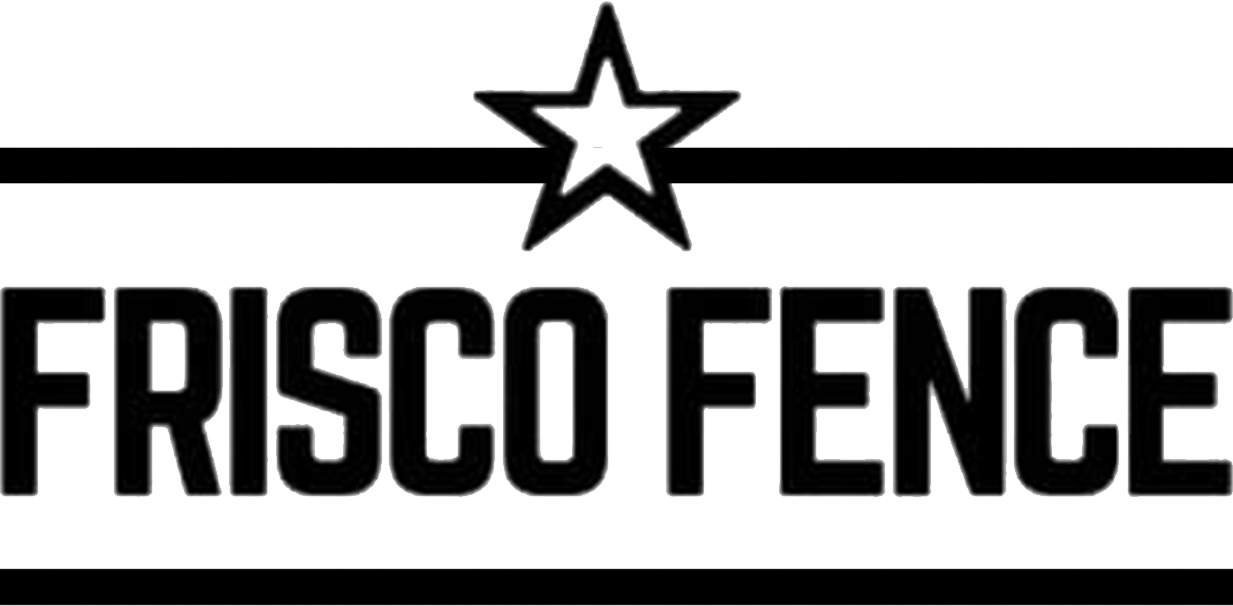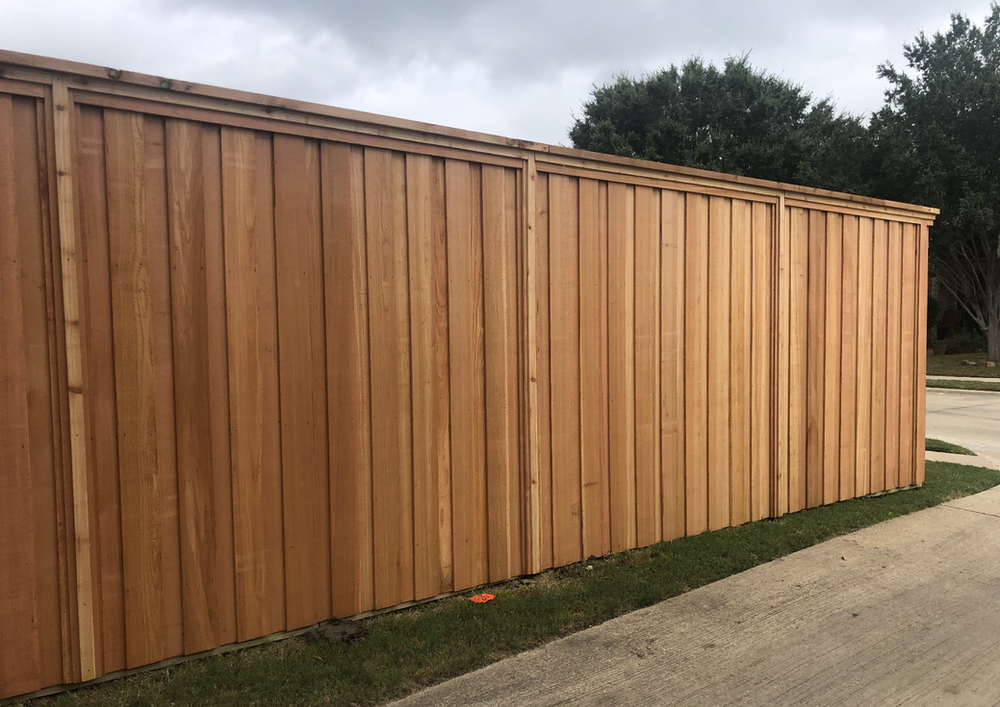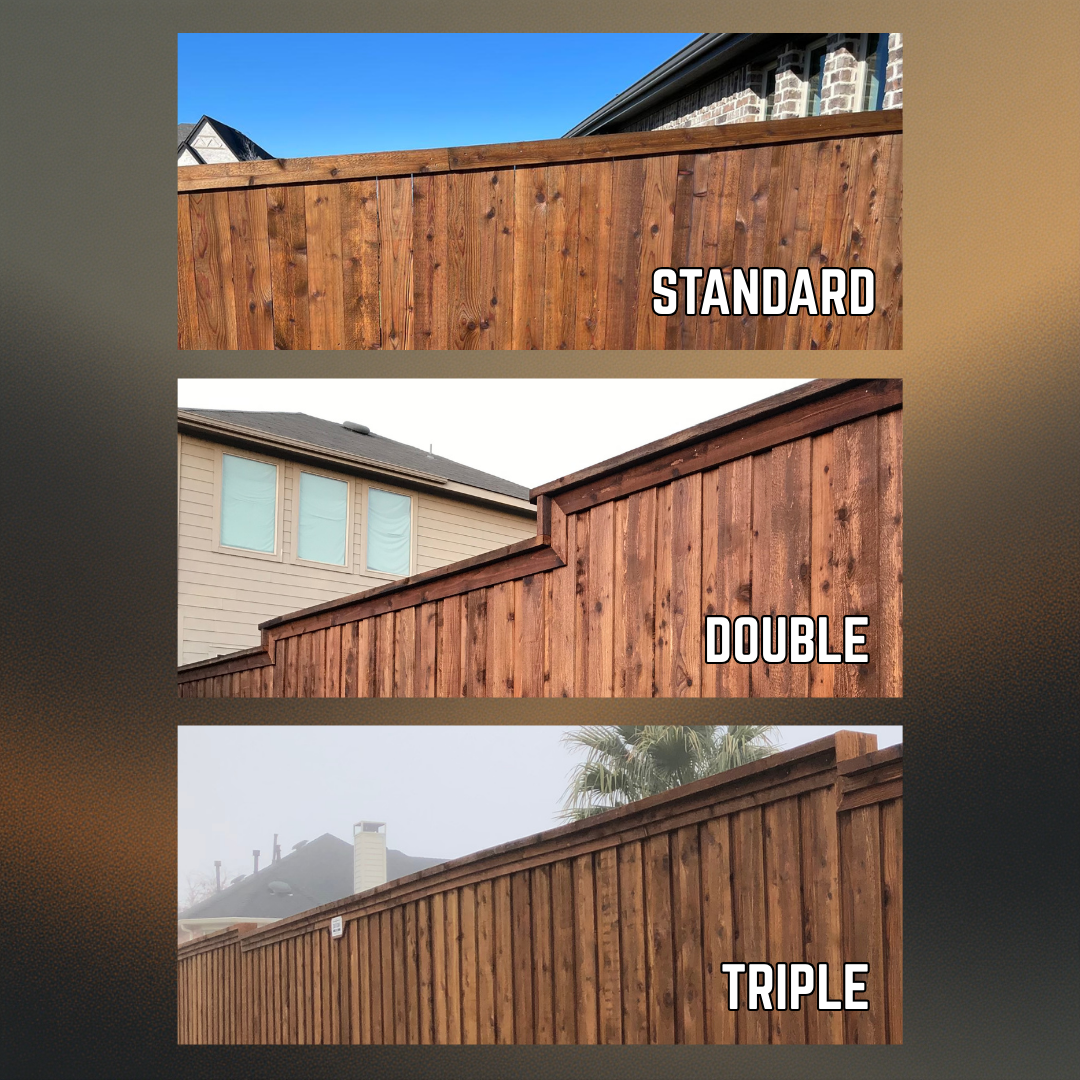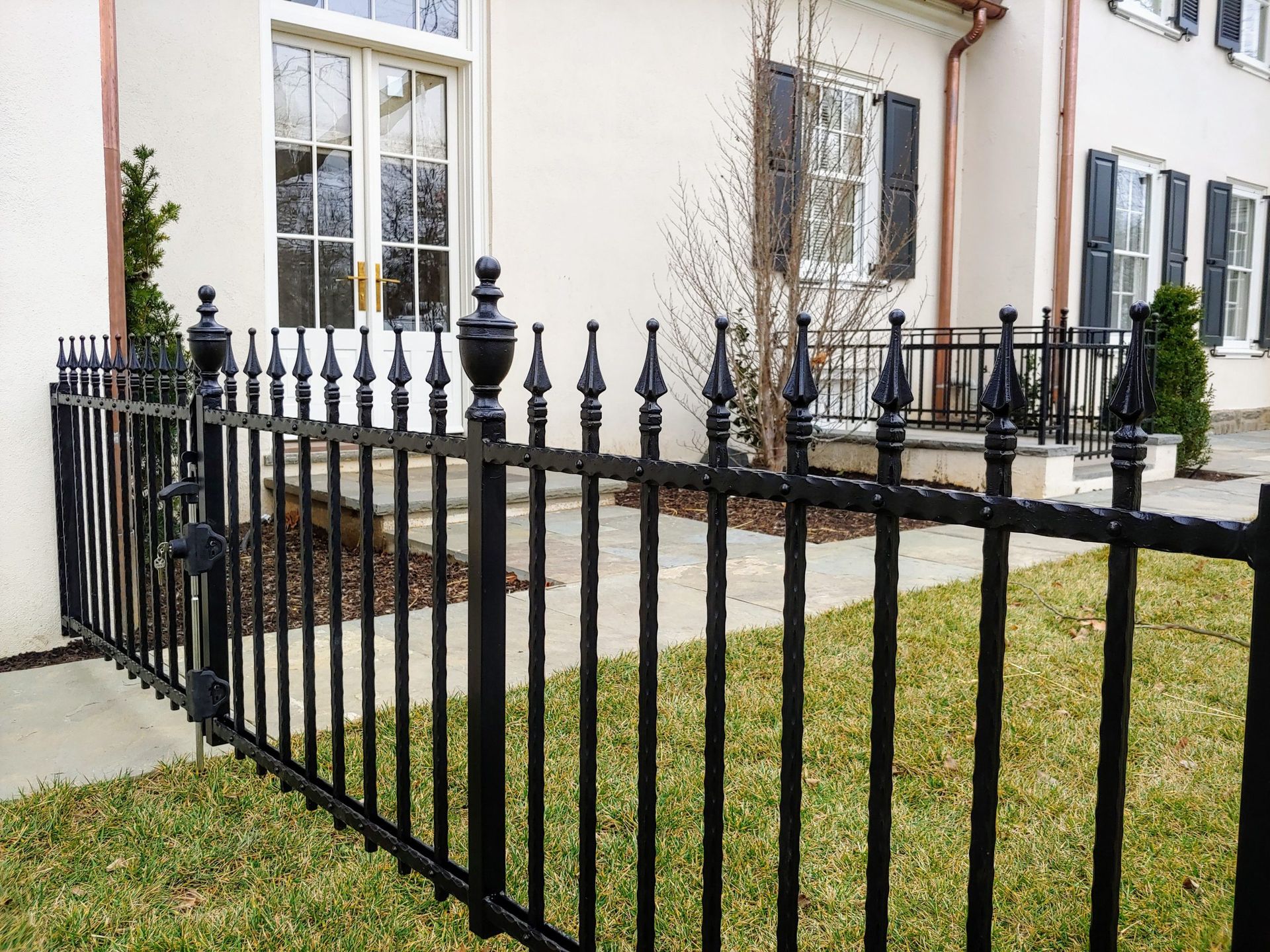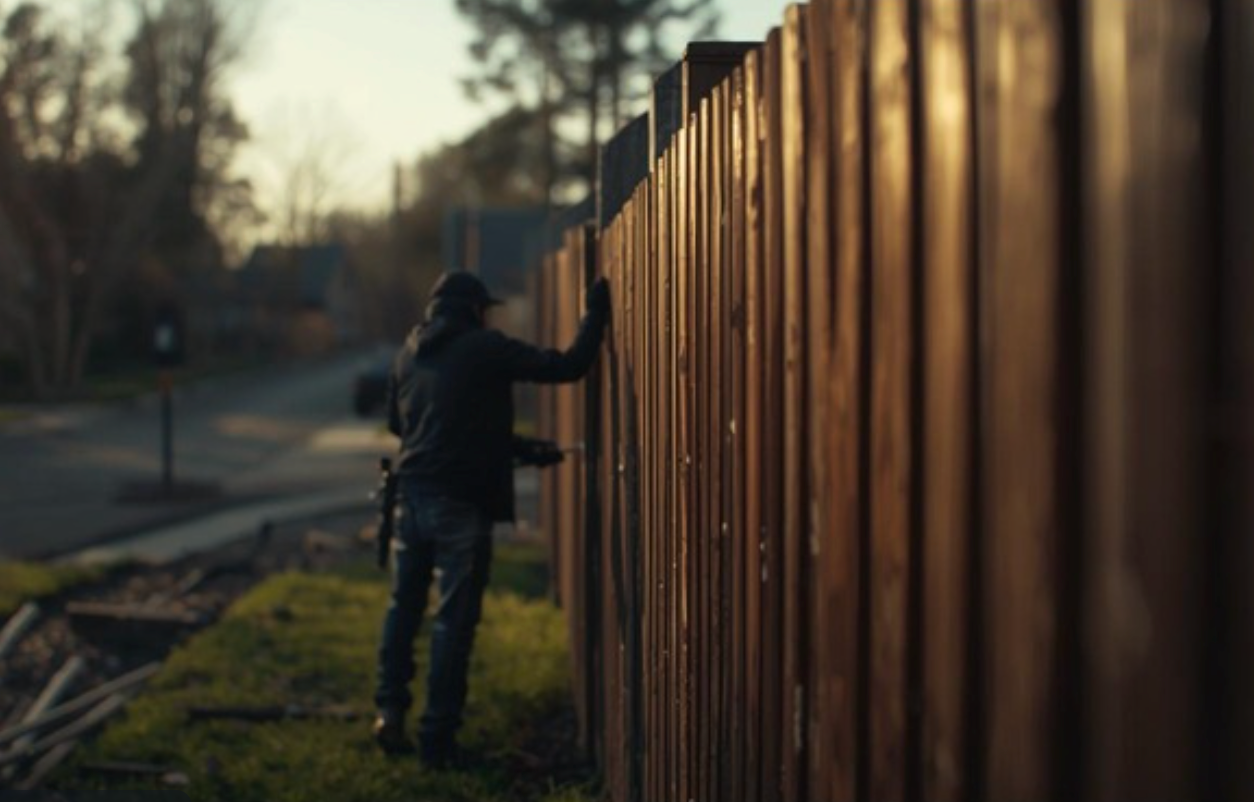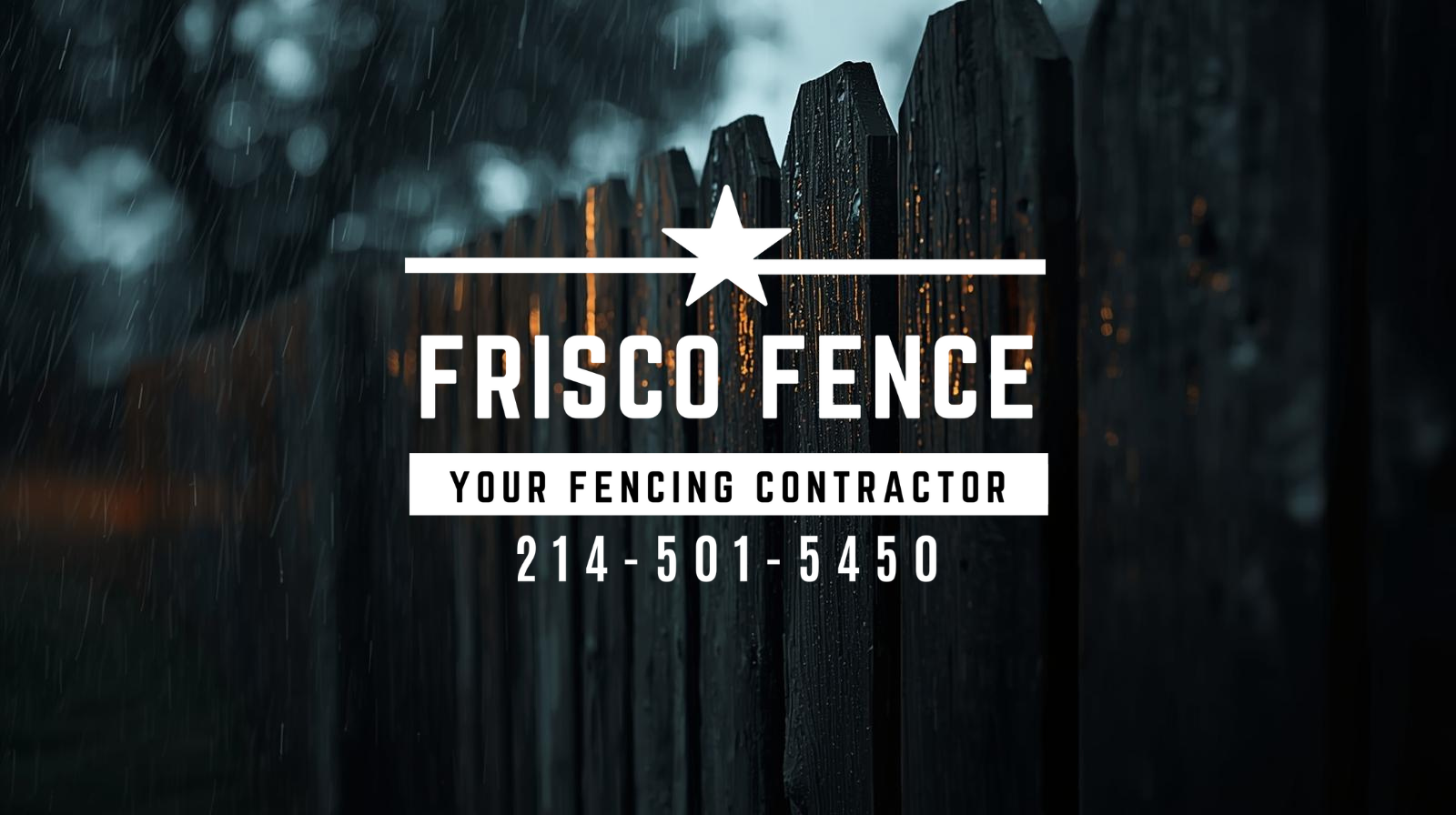Side-by-Side Cedar Fence vs. Board-on-Board Cedar Fence: What’s the Difference?
Side-by-Side Cedar Fence vs. Board-on-Board Cedar Fence: What’s the Difference?
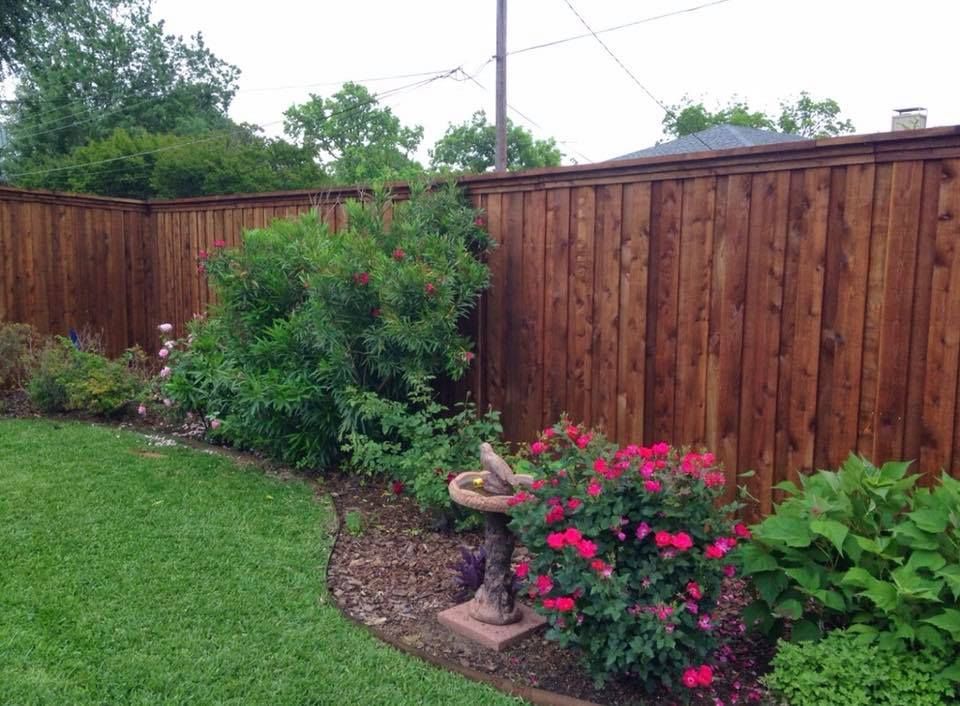
When it comes to cedar fencing, homeowners often find themselves deciding between two of the most popular styles: side-by-side and board-on-board. Both offer the natural beauty and durability of cedar, but they differ in construction, appearance, privacy, and cost. Knowing the differences — and what your city or HOA requires — can help you choose the right option.
Side-by-Side Cedar Fence
A side-by-side cedar fence is one of the most traditional and cost-effective options. The cedar pickets are installed edge to edge, sharing the same rail, which creates a clean and uniform look.
- Appearance: Classic, straightforward design that fits well in most neighborhoods.
- Privacy: Small gaps may appear over time as the cedar pickets naturally shrink, allowing light and visibility to peek through.
- Cost: More affordable compared to board-on-board, making it an excellent choice for budget-conscious homeowners.
- Durability: With quality cedar, it can last many years, especially when paired with stain or sealant.
Board-on-Board Cedar Fence
Board-on-board fencing takes privacy and aesthetics to the next level. In this style, cedar pickets are layered, with each board overlapping the space between the boards beneath it.
- Appearance: A thicker, layered look that adds depth and a high-end feel to your yard.
- Privacy: Superior privacy since there are no gaps, even as boards shrink or shift over time.
- Cost: Typically more expensive due to the extra cedar pickets and additional labor involved in installation.
- Durability: Extra coverage helps block wind and sun exposure, giving the fence a longer lifespan and better weather resistance.
- Code & HOA Compliance: Some North Texas cities and HOAs only allow board-on-board fences with a top cap and kickboard, which not only improves structural integrity but also gives a polished, upscale finish.
Which Fence is Right for You?
- Choose side-by-side cedar fencing if you want a classic look at a more affordable price and don’t mind the possibility of slight gaps forming over time.
- Choose board-on-board cedar fencing if maximum privacy, a premium appearance, and long-term durability are top priorities — and especially if your city or HOA requires it.
At the end of the day, both styles showcase the beauty and strength of cedar — a wood that’s naturally resistant to rot, insects, and harsh weather. Whether you’re focused on budget or looking for the most elegant privacy solution, cedar fencing is always a reliable investment for your home.
